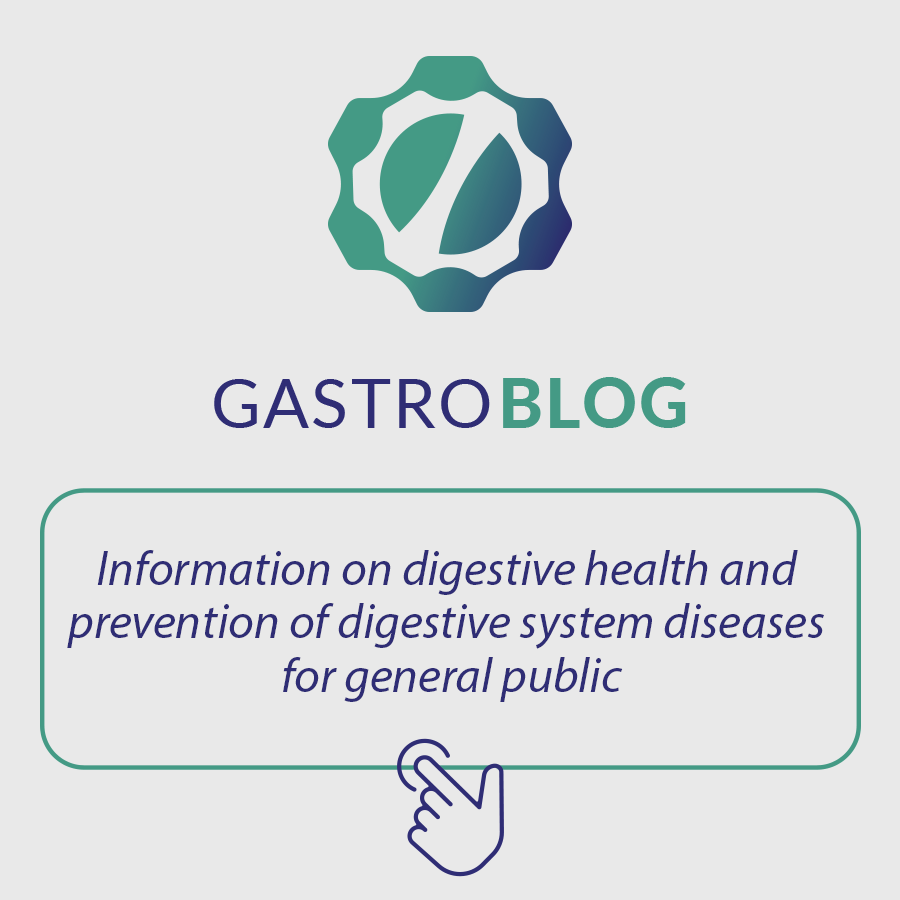Fecal microbiota transplantation (FMT) or fecal transplant involves the infusion of feces from a healthy donor into the gastrointestinal tract of a patient who has a disease related to alteration of the intestinal flora.
The first reports of FMT are from 1700 years ago when a Chinese doctor administered suspensions of human feces orally to patients with food poisoning and/or severe diarrhea. In 2013, the first well-designed study on the success of FMT in infections by Clostridium difficile was published in the New England Journal of Medicine and has since motivated numerous other works related to the topic.
The formal indication of FMT currently is in recurrent infections by Clostridium difficile with a cure rate of up to 90%.
There are ongoing studies of FMT in other gastrointestinal diseases (inflammatory bowel disease, irritable bowel syndrome) as well as in endocrine (obesity, metabolic syndrome), neurological (Parkinson’s, multiple sclerosis), hematological (ITP, GVHD) and psychiatric (autism) diseases.
For the smooth running of the FMT, a multidisciplinary team (attending physician whether it is the clinician, gastroclinician or geriatrician, infectious disease specialist and the endoscopist) aligned and with a well-established protocol in the service is necessary.
STAGES OF THE PROCEDURE
1. CHOICE OF DONOR
The donor can be related or not. This person will have to go through a rigorous infectious screening and a questionnaire regarding the presence of other diseases that may make donation unfeasible.
2. COLLECTION, PREPARATION AND ADMINISTRATION OF MATERIAL
The donor should arrive at the laboratory on the day of the procedure and the ideal time between the collection of feces and the infusion of the material is 6 hours. The fecal weight should be at least 50g and the total volume of the suspension is 100 to 200ml, which will be infused depending on the chosen route. There is also the option to freeze the material but it is preferable to use fresh feces (see image below).

3. ROUTE OF ADMINISTRATION
According to the articles published so far, all 5 routes studied show similar results. In this way, FMT can be performed by:
- Upper digestive endoscopy with nasogastric/nasoenteral tube
- Anterograde enteroscopy
- Colonoscopy
- Rectosigmoidoscopy
- Enema
What will determine the choice of method will be the clinical condition of the patient and experience of the endoscopist. In the upper route, it is suggested to infuse up to 100ml slowly through the nasoenteral tube or through the accessory channel or by a spray catheter. In the lower route, it is suggested to infuse as much of the material as possible (average of 200ml) in the terminal ileum and right colon.
4. PRE, PERI AND POST FMT CARE
The preparation of the exam is the adequate fasting and in cases where the chosen route is low, intestinal preparation can be performed with mannitol solution or polyethylene glycol.
Some precautions can be taken, however, still nothing consensual, such as:
- Use of proton pump inhibitors
- Use of prokinetics
- Use of antidiarrheals (loperamide)
It is recommended to infuse about 100ml of the fecal material slowly when the upper route is used, while when FMT is done by the lower route, slightly larger volumes are used (about 200ml).
5. ADVERSE EVENTS
Adverse events can occur in up to 30% of cases, usually in the first 48 hours post procedure and treated conservatively. The most common are fever, diarrhea, abdominal cramps and belching. Rare cases of death have been described due to regurgitation with bronchoaspiration of fecal material and perforation due to toxic megacolon.
FINAL CONSIDERATIONS
So far, the only indication of FMT with proven scientific evidence is in severe infections by Clostridium difficile. Due to the increase in incidence and morbidity and mortality related to infection by C difficile, fecal microbiota transplantation has been a good therapeutic option in selected cases. In Brazil, there is still no well-defined regiment for the procedure and there are few centers that have performed FMT. However, with recent discoveries of the influence of intestinal microbiota on immune response, it may be that in the future new indications will emerge and FMT will be a widely used procedure in our country.
HOW TO CITE THIS ARTICLE
Carlos A. Fecal Microbiota Transplantation. Gastropedia 2022. Available at: https://gastropedia.com.br/gastroenterology/intestine/fecal-microbiota-transplantation
BIBLIOGRAPHIC REFERENCES
- Bennet JD, et al. Lancet. 1989 Jan 21;1(8630):164.
- Zhang F, et al. Am J Gastroenterol. 2012 Nov;107(11):1755
- Van Nood E, et al. N Engl J Med. 2013 Jan 31;368(5):407-15
- Cammarota G, et al. Gut 2017;66:569–580
- Mullish BH, et al. Gut 2018;0:1–22
- Choi HH, et al. Clin Endosc. 2016 May;49(3):257-65
Médico Coordenador do Centro de Diagnóstico em Gastroenterologia do Hospital das Clínicas de São Paulo
Membro titular da FBG e SOBED
Membro titular do Grupo de Estudos da Doença Inflamatória Intestinal do Brasil (GEDIIB).




